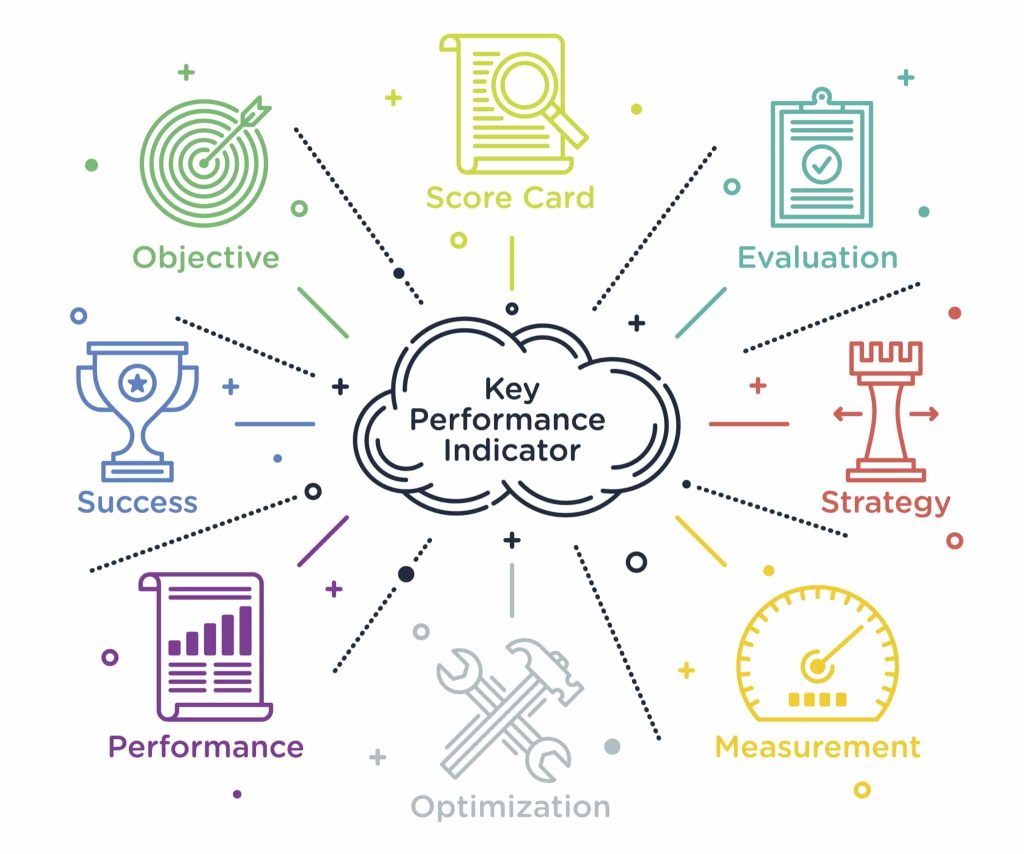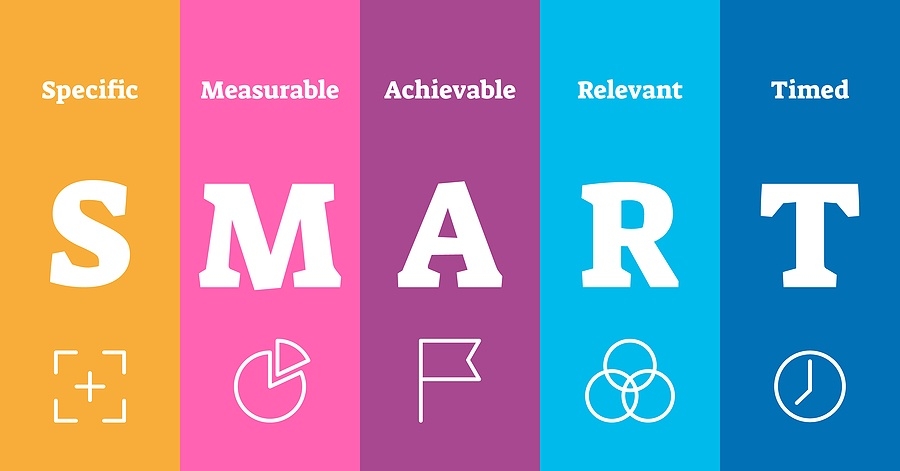Resource management is a critical skill for any business or organization to succeed. The ability to use resources wisely and efficiently can be the difference between success and failure in today’s competitive landscape. But what exactly is resource management, and why is it so important?
Resource management involves the allocation and control of resources—which include both human capital (people) and physical assets—in order to bring about the successful completion of organizational objectives. It covers many different aspects, from budgeting and forecasting to workforce planning, recruitment, and business process management. By adeptly managing its resources, an organization can maximize efficiency and make the most of available resources.
💡 Read Productivity in PR: Benefits, Tips, Best Tools & Books
Many times resource management gets confused with project management. The primary distinction between the two lies in their respective goals. While resource management focuses on utilizing existing resources, project management aims at achieving specific objectives within a given timeframe.
The stages of a typical resource management process involve identifying, acquiring, allocating, monitoring/controlling, releasing/reallocating/redistributing (RAR), terminating/retiring (TRM), securing funding or other support services & knowledge as needed or requested.
When used correctly, resource management strategies can help organizations achieve greater success by making us of their resources. In this article, we will outline the main characteristics and benefits of resource management. Also, we will outline the key differences it holds against project management. Then, we will explore 6 rockstar resource management strategies that drive success—from developing effective teams to reviewing performance metrics.

What Is Resource Management?
Resource management is the process of efficiently and effectively using available resources in your organization. It involves a range of activities, including budgeting and forecasting, workforce planning and recruitment, and project management. Through resource management, businesses can make the most of their existing assets to achieve their goals.
Resource management is all about understanding what resources are currently available to the organization, and allocating those resources in the best way possible. This could include prioritizing certain tasks, determining the best use of both human capital and physical assets, or deciding how much money gets allocated to certain projects. The goal is to ensure that the right resources are being used intelligently to bring about the successful completion of organizational objectives.
Effective resource management requires strategies tailored specifically to each company’s unique needs and goals. This often includes developing teams with members who possess complementary skills; regularly reviewing performance metrics such as productivity, quality assurance measures; creating contingency plans for unexpected events; and using analytics tools to inform decisions and promote better decision-making processes overall.
Resource managers play a crucial role in ensuring that an organization makes the most of its available assets while still achieving its objectives—and it’s no wonder why they’re so essential in today’s business world!
Read 5 Ways Your Business Can Flourish By Using Social Media Analytics
Why Is Resource Management Important?
As we explained above, proper resource management is an essential part of any successful business. Here are some of the key reasons why it is so important:
Maximizing Efficiency
By understanding what resources are available to the organization, and how best to allocate them, companies can ensure that their goals are met. This includes both human capital (people) and physical assets (such as equipment).

Improved Planning
Resource management allows organizations to plan more effectively for future objectives. By having a plan for how to use your resources effectively, you can optimize its operations while ensuring that it comes in on the target. It can also help reduce unnecessary risks associated with poor planning such as wasting time and money on projects that may not deliver any returns.
Increased Transparency
Utilizing resource management tactics, like RAR and TRM, allows organizations to remain competitive in the modern market. This encourages transparency between all levels of staff so that everyone is aware of operations happening at any given time. Improving communication among teams and managers, creates a culture where team members can work together efficiently for greater success.
Resource Management vs. Project Management
Resource management and project management are two distinct but related methods of managing resources within any business or organization. Although both involve the efficient allocation and utilization of limited resources, there are some key differences between the two:
Purpose
The main difference between resource management and project management lies in their purpose. Resource management focuses on optimizing existing resources whereas project management revolves around completing projects on time with quality results. While resource managers ensure that there are enough resources such as personnel or funds available for projects; it is up to project managers to coordinate those resources effectively to get optimal outcomes.
Scope
Another key difference between these two approaches is their respective scopes. Project management focuses only on a single dedicated goal or set of goals (for example, launching a new product or building a website). On the flip side, resource management looks at the bigger picture—the overall operations of an organization. This involves monitoring resource availability across multiple departments and projects, and ensuring that all available assets are used optimally throughout the company as a whole.

Responsibilities
The responsibilities associated with each role also differ significantly. Resource managers focus on budgets and forecasting, assigning tasks to teams, monitoring progress against plans, and motivating team members during difficult times. Project managers concentrate on planning, organizing, leading and controlling resources to meet specific objectives within a predetermined timeline.
Read Optimizing Your PR Budget: 5 Ways Media Monitoring Tools Can Help
The Four Stages Of The Resource Management Process
Although resource management processes vary from company to company, most follow a basic four-stage methodology which is outlined below.
Identify and Analyze Resources
The first stage in developing a successful resource management strategy is to identify and analyze all available resources. This includes both human capital and physical assets. All resources should be evaluated based on their potential contribution towards the organization’s goals, their availability and necessity throughout the life cycle of projects or initiatives, etc.
Plan and Assign Roles
Once you identify and analyze all available resources, you’ll need a plan which includes assigning roles to each resource according to its capabilities and availability. This could involve creating teams with specific skill sets, allocating budgets, planning recruitment drives etc. A clear plan should outline exactly how and where to use each resource throughout the life cycle of projects or initiatives to achieve objectives efficiently.
Read 5 Crisis Management Jobs That Save the Day

Implement And Monitor Plans
After setting up the plans, it’s time for implementation. During this phase, project managers are responsible for ensuring that tasks are completed on time with quality results. Resource managers, on the other hand, provide guidance and support in areas such as budgeting and forecasting, workforce planning etc. It is also important during this stage to monitor progress against plans so that you can make any necessary adjustments quickly if needed.
Evaluate Results & Adjustments
Finally, after implementing the plans, evaluate them regularly to ensure continued success over time. This could include looking at factors such as cost-effectiveness, productivity levels across different departments or operations etc., in order optimize performance going forward. Resource managers should use these evaluations as opportunities to make necessary adjustments where required to ensure that all available resources match operational objectives.
Read PR Automation: Best Tools Which Do The Work For You
6 Rockstar Resource Management Strategies For Success
Maximizing resources is the key to success in today’s competitive market. That’s why these 6 rockstar’s resource management strategies are designed to help you get the most out of your resources and achieve long-term success.
Define Your Goals
The first step in effective resource management is to define your goals. Having clear objectives will help you determine the right strategies and allocate resources accordingly. Make sure all your team members understand what you want to accomplish with each task so they can work together efficiently and effectively.

Establish Priorities
Establishing priorities is an essential part of organizing resources effectively. Before starting any project, think about what needs to be done first, second, and so on. This will ensure that tasks of highest priority receive attention while other tasks are managed either by delegating or outsourcing them as appropriate. Also, consider how much time and effort is needed for each task before committing resources to it.
Measure Performance
To make sure that your goals are being met, it’s important to measure the progress of all team members that participate in the project. Measuring performance helps identify areas where improvement is necessary and take corrective action when needed. To do this accurately, set realistic milestones for each task and track progress regularly throughout the duration of the project.
Read PR Measurement: What Is the Right Way to Prove PR Effectiveness?
Cut Unnecessary Costs
Resource management also involves cutting unnecessary costs from operations wherever possible. Identify which ones require less or no financial investment or human input. Think about automating mundane tasks to save time and money for the big-picture stuff like building new partnerships and developing business strategies. Use task management systems instead of manual labor whenever possible or think of ways to engage external vendors who have more efficient processes in place than those available internally.
Balance Resources Equally
To ensure a successful outcome, it’s important not only to use resources efficiently but also to distribute them equitably across different departments within an organization whenever possible. This helps promote collaboration between teams and enables them to work in sync towards shared objectives rather than competing against each other for limited resources.
Key Takeaways
Resource management is an integral part of any business, small or large. It ensures that projects are completed in a timely manner with the resources available and within budget. By following the four stages of the resource management process, companies can more effectively utilize limited resources while still producing maximum results. Furthermore, applying the six techniques we recommended can ensure that tasks are completed efficiently and on time. With a comprehensive understanding of the concepts behind resource management and learning how to employ the right strategies, businesses will be well-equipped to manage their business processes and budget effectively.
Mariela Kashukeeva is a Marketing Еxecutive at SaaS BPM, a productivity process management system solution designed to manage the recurring activities of teams and entire organizations. With over 5-year experience in SEO, she is responsible for establishing collaboration opportunities with high-authority websites and creating amazing content.


